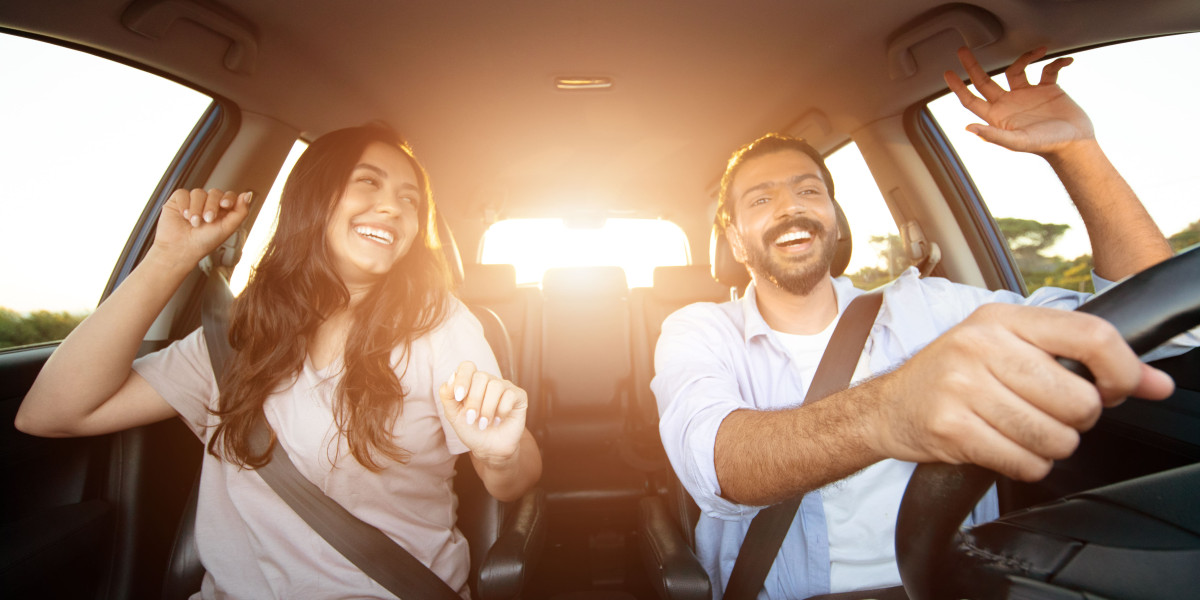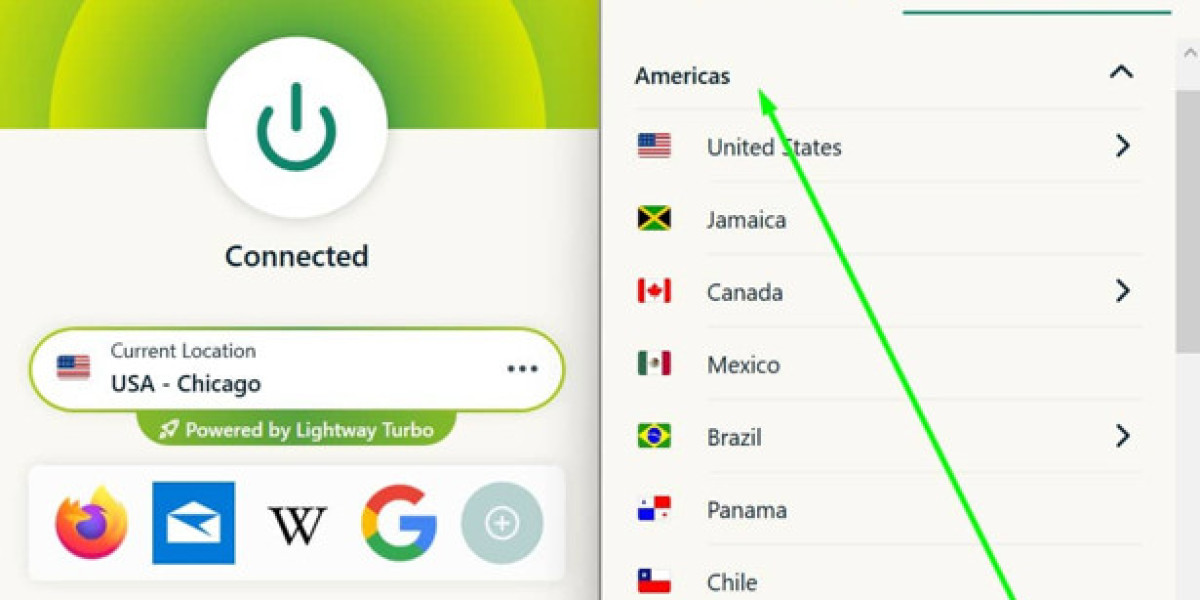
Understanding the UK Driver's License: A Comprehensive Guide
In the United Kingdom, obtaining a driver's license is a critical step towards self-reliance and mobility. It is not just an entrance to individual liberty but likewise a significant responsibility. This short article seeks to detail the procedure of acquiring a driver's license in the UK, the different classifications of licenses, and some essential guidelines that drivers license uk should adhere to.
Types of UK Driver's Licenses
Before delving into the application procedure, it is important to comprehend the different kinds of driver's licenses offered in the UK. The main classifications are:
Provisional License: This is the first action for anyone seeking to discover to drive. It permits the holder to practice driving while under the guidance of a certified driver.
Complete License: Once the buy driving licence onlineok test has been successfully finished, the individual will get a complete driver's license, which allows them to drive independently.
Special Licenses: There are unique licenses for particular vehicles such as bikes (Category A), buses (Category D), and trucks (Category C).
European Driving License: Though it is unique from the UK driver's license, the European driving license permits driving in lots of EU countries without the need for an additional authorization.
The Process of Obtaining a UK Driver's License
1. Get a Provisional License
To begin the journey towards obtaining a driver's license, aiming vehicle drivers must initially request a provisional license. Here's how to do it:
- Eligibility: Applicants should be at least 15 years and 9 months old.
- Application: Individuals can apply for uk driving licence online online driver license or through postal services by submitting a leaflet from the Driver and Vehicle Licensing Agency (DVLA).
- Fee: A fee is required for application (since 2023, it's about ₤ 34 Online Drivers license and ₤ 43 by means of post).
- Identity Proof: Acceptable identification includes a passport or a biometric residence authorization.
2. Prepare for the Theory Test
When the provisionary license is gotten, the next action is to get ready for the theory test, which evaluates a learner driver's understanding of roadway guidelines and risks. This includes:
- Multiple-Choice Questions: A series of questions based on the Highway Code.
- Danger Perception Test: An assessment to identify prospective dangers while driving using video.
3. Take Driving Lessons
It is generally advisable to take professional driving lessons from an Approved Driving Instructor (ADI). These lessons supply essential hands-on experience and knowledge about road security, in addition to helping students end up being comfy behind the wheel.
4. Schedule the Practical Driving Test
After passing the theory test and getting enough driving abilities, learners need to book a practical driving test through the DVLA. The screening procedure usually involves:
- Driving Maneuvers: Candidates are evaluated on their capability to perform vital driving strategies such as parallel parking and emergency situation stops.
- Road Safety Compliance: Demonstration of compliance with roadway signs, signals, and rules.
5. Obtain a Full Driver's License
Upon success in the practical driving test, the prospect will get a pass certificate which enables them to look for a full driver's license. The DVLA will send out a full license if all requirements have been satisfied.
Driving Regulations and Responsibilities in the UK
Once a complete driver's license has actually been gotten, it is crucial for drivers to comprehend and comply with the laws and regulations governing roadway use in the UK. Here are a couple of crucial responsibilities:
- Insurance: It is obligatory for all drivers to have legitimate car insurance coverage before getting behind the wheel. This safeguards against monetary loss from mishaps or theft.
- Roadway Tax: Vehicle import tax task, typically understood as roadway tax, need to be paid annually.
- MOT Test: Cars older than 3 years must go through an annual MOT (Ministry of Transport) test to guarantee their roadworthiness.
- Follow Speed Limits: Each roadway has actually designated speed limits that must be followed.
- Use of Seatbelts: Wearing seat belts is required for drivers and passengers.
FAQs about UK Driver's License
1. For how long does it take to get a driver's license in the UK?
The time taken to obtain a driver's license varies significantly in between individuals. Typically, learners invest about 45 hours getting trained with an instructor, followed by an additional 22 hours of personal practice. After scheduling tests, the processing of applications can also take a few weeks.
2. Can I drive with a provisional license?
Yes, you can drive with a provisionary license, but you should be accompanied by a driver who is at least 21 years of ages and holds a complete license for the kind of vehicle being driven.
3. What occurs if I fail my driving test?
If you fail your driving test, the inspector will offer feedback on locations for improvement. You can retake the test, however it is generally advised to take a couple of extra lessons to strengthen your abilities before trying again.
4. Can I drive in the UK with an EU driving license?
Yes, EU driving licenses are valid in the UK. However, those planning to stay in the UK for more than 12 months ought to think about exchanging their EU license for a UK one.
5. What do I need to do if I lose my driving license?
If your driving license is lost or taken, you must report it to the DVLA and make an application for a replacement. You will require to provide identification and pay a fee.
Browsing the procedure of acquiring a driver's license in the UK can appear difficult, however comprehending each action simplifies the journey. From obtaining a provisionary license to passing the practical test, each phase prepares for responsible driving and compliance with the laws governing road use. Constantly bear in mind that driving is an opportunity that includes duties, and continued adherence to the policies guarantees the safety of all road users.








